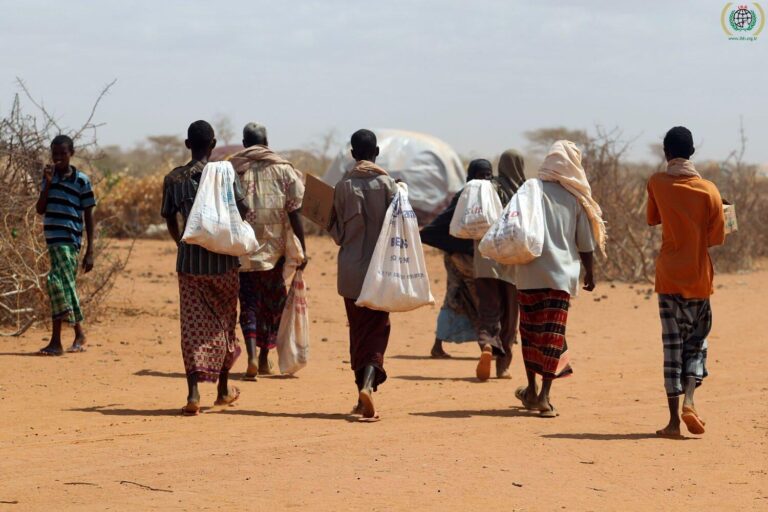Introduction
Kenya hosts one of the largest refugee populations in Africa, with numerous individuals and families fleeing conflict and hardship in their home countries. Empowering these refugees is crucial for helping them rebuild their lives. Understanding their struggles can foster greater empathy and support for effective solutions.
The Current Situation of Refugees in Kenya
As of 2023, over 500,000 refugees have sought shelter in various camps throughout Kenya, primarily in Dadaab and Kakuma. This population faces dire conditions with limited access to basic necessities. Challenges such as unemployment and inadequate healthcare compounds their already fragile situation.
Challenges Faced by Refugees
Refugees in Kenya encounter multiple barriers that hinder their integration into society. Many struggle with legal documentation, limiting their ability to work and access services. Additionally, cultural and language barriers create further isolation and difficulty in adapting to their new environment.
Empowerment Initiatives
Various NGOs and government initiatives are aimed at empowering refugees by providing education, vocational training, and entrepreneurial support. Programs focused on skill development can significantly enhance employment opportunities for refugees. These initiatives not only provide immediate relief but also foster long-term self-sufficiency.
The Role of Community Support
Community engagement plays a pivotal role in the empowerment of refugees. Local partnerships help to bridge the gap between refugees and host communities. Creating awareness and encouraging integration can lead to mutual benefits for both groups.
Conclusion
Empowering refugees in Kenya amidst poverty is crucial for their recovery and integration. Significant change requires collective effort and support from all sectors of society. By investing in their potential, we can transform the lives of refugees and enhance the social fabric of communities. For more information on how you can help, visit Empowering Refugees in Kenya.

